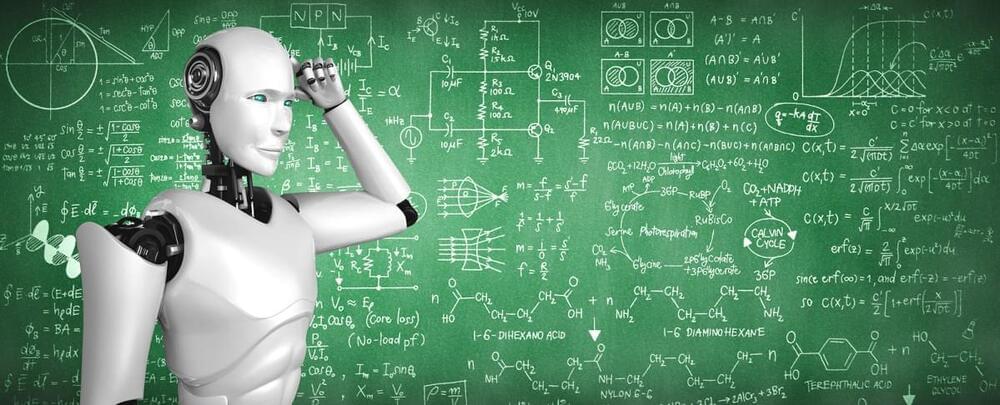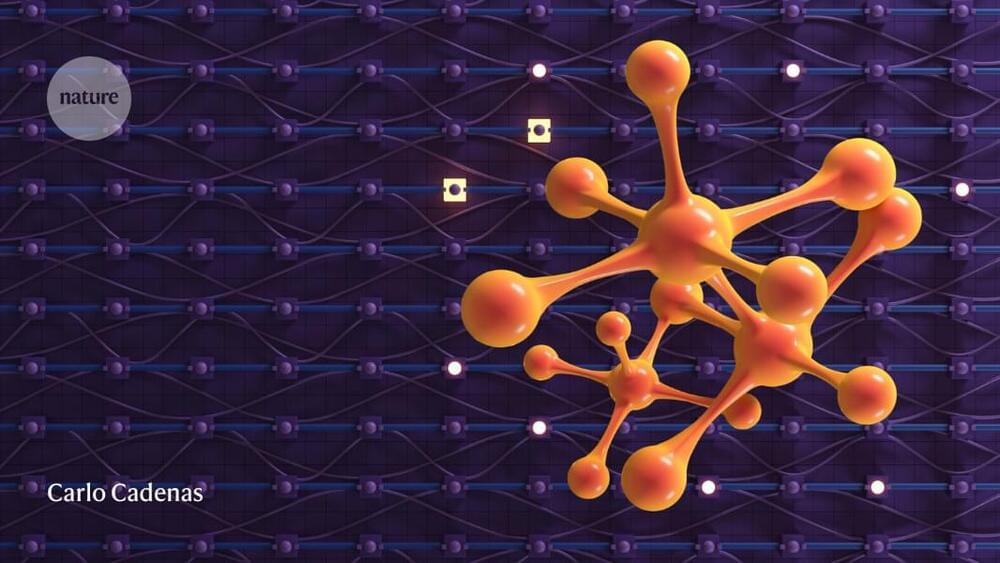AI with image recognition opens up new possibilities for designers and developers to quickly turn an idea into a prototype. There are several approaches based on OpenAI technology.
The introduction of multimodal capabilities in GPT-4 has laid an important foundation for future software development. Thanks to GPT-4V, the AI model accepts both text and images as input. This allows it to generate working code from screenshots or rudimentary drawings.
Recently, several products have been developed around this idea. The collaborative whiteboard tool tldraw has set up a playground on the website makereal.tldraw.com, where mockups of website elements can be created in the browser. GPT-4V converts these into code using the OpenAI API. A separate API key is required.






